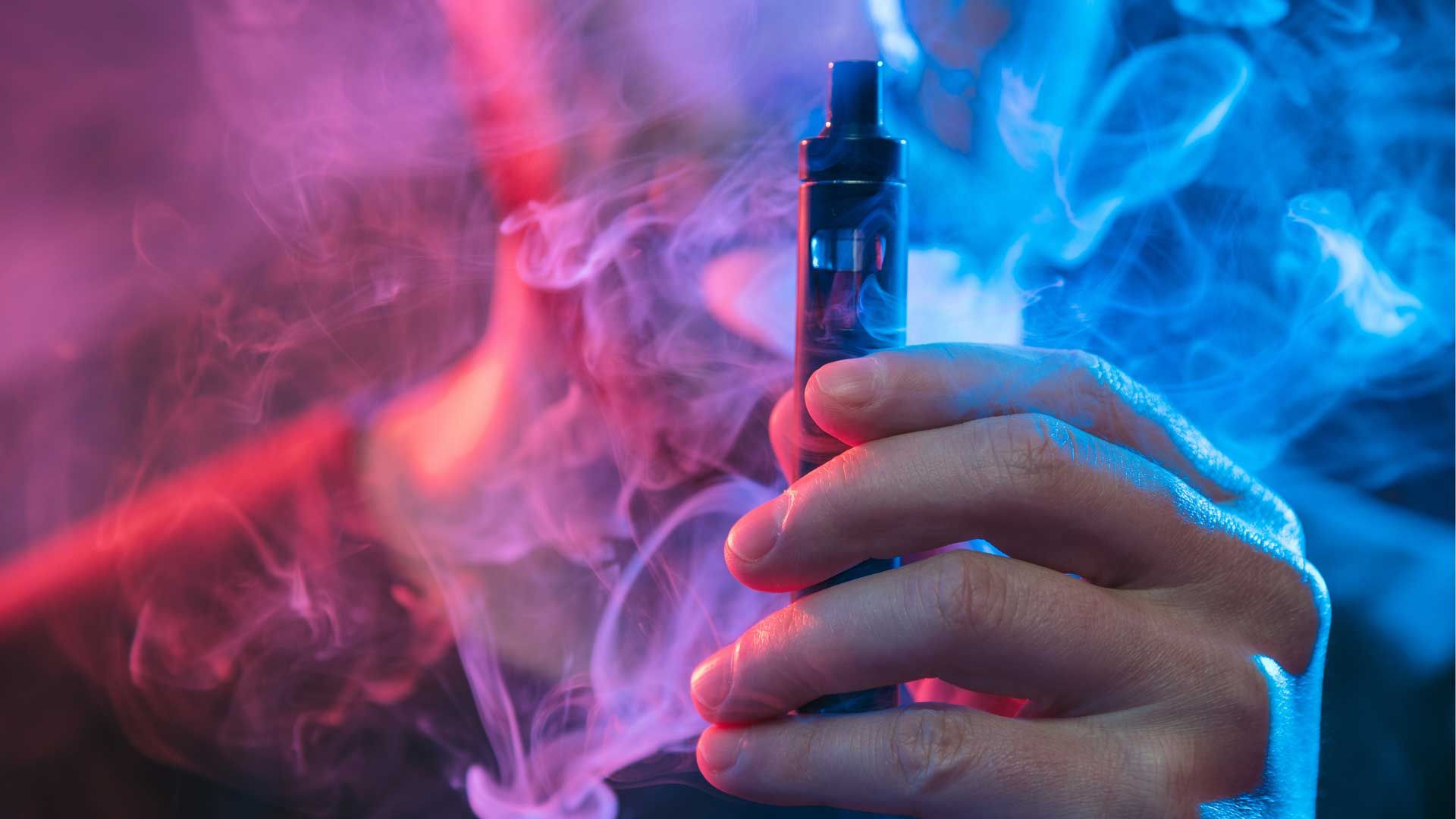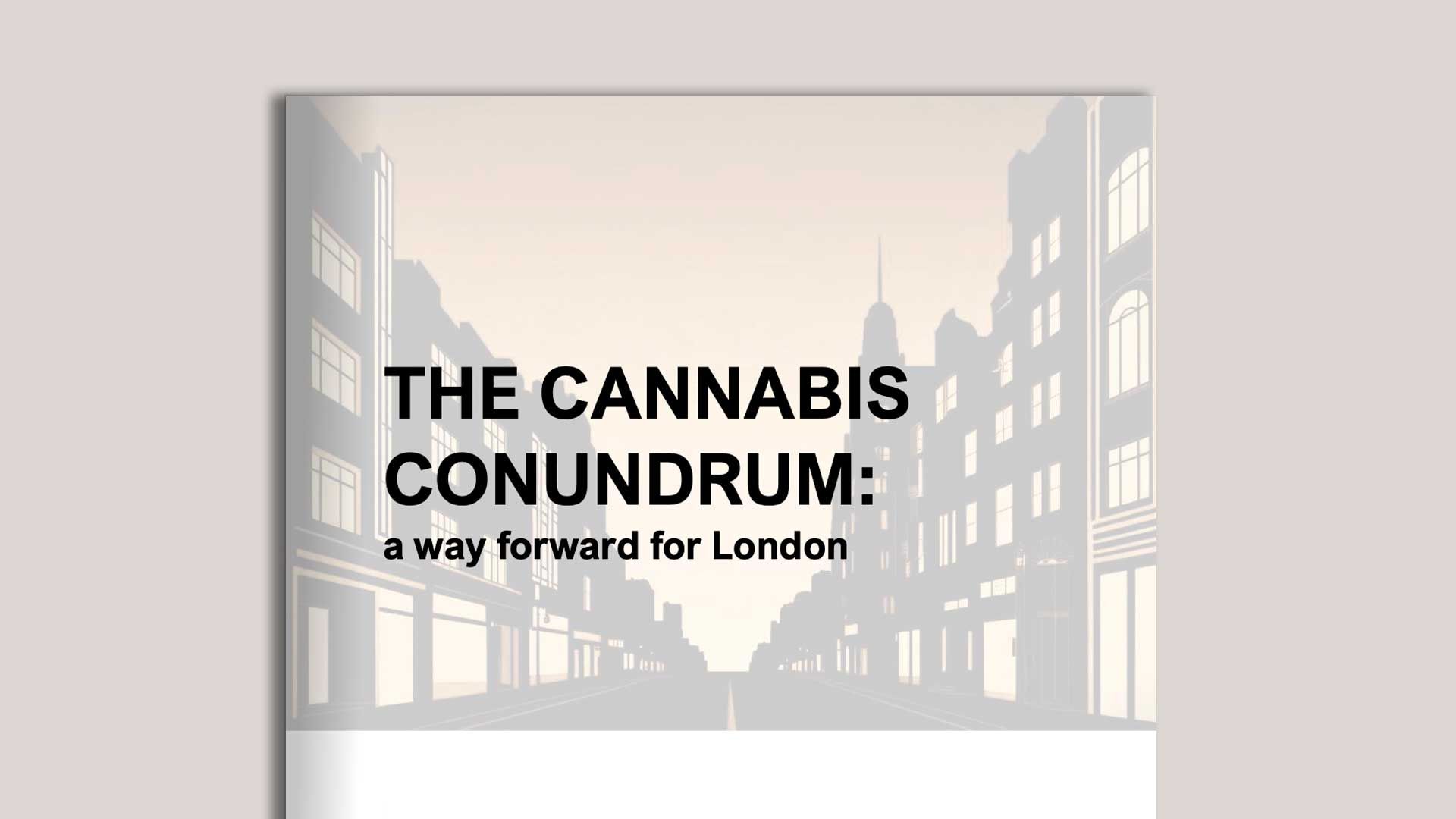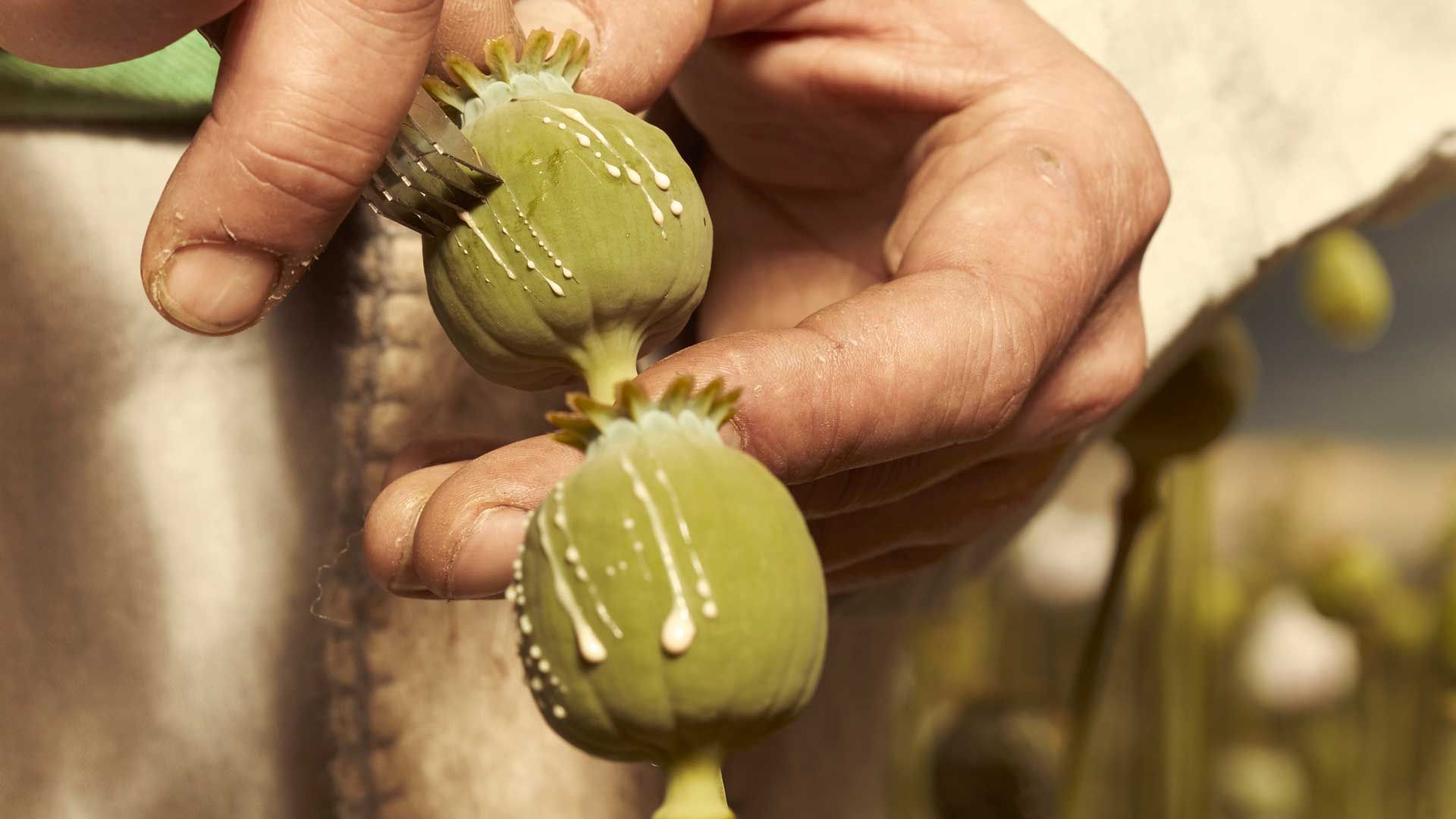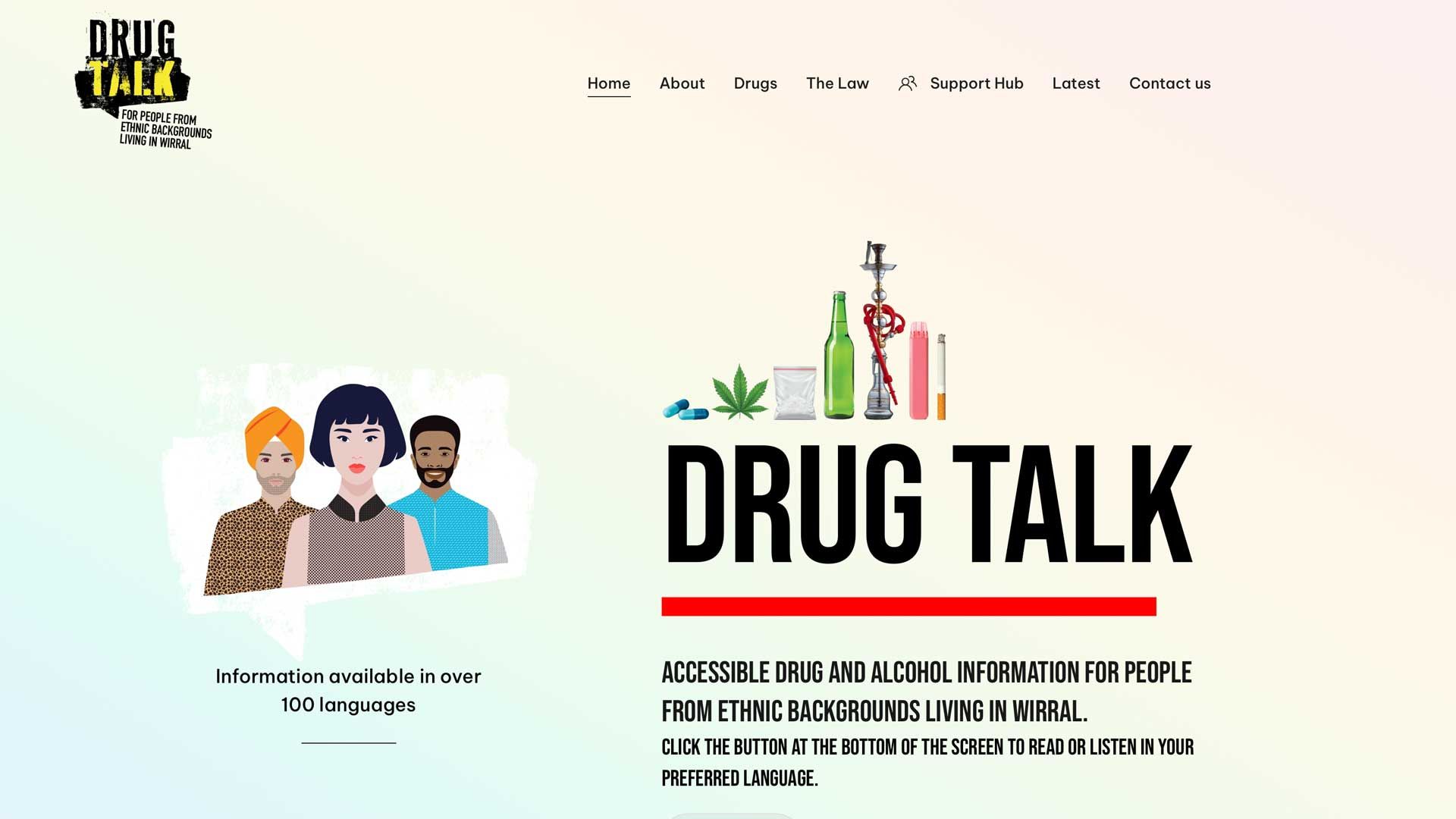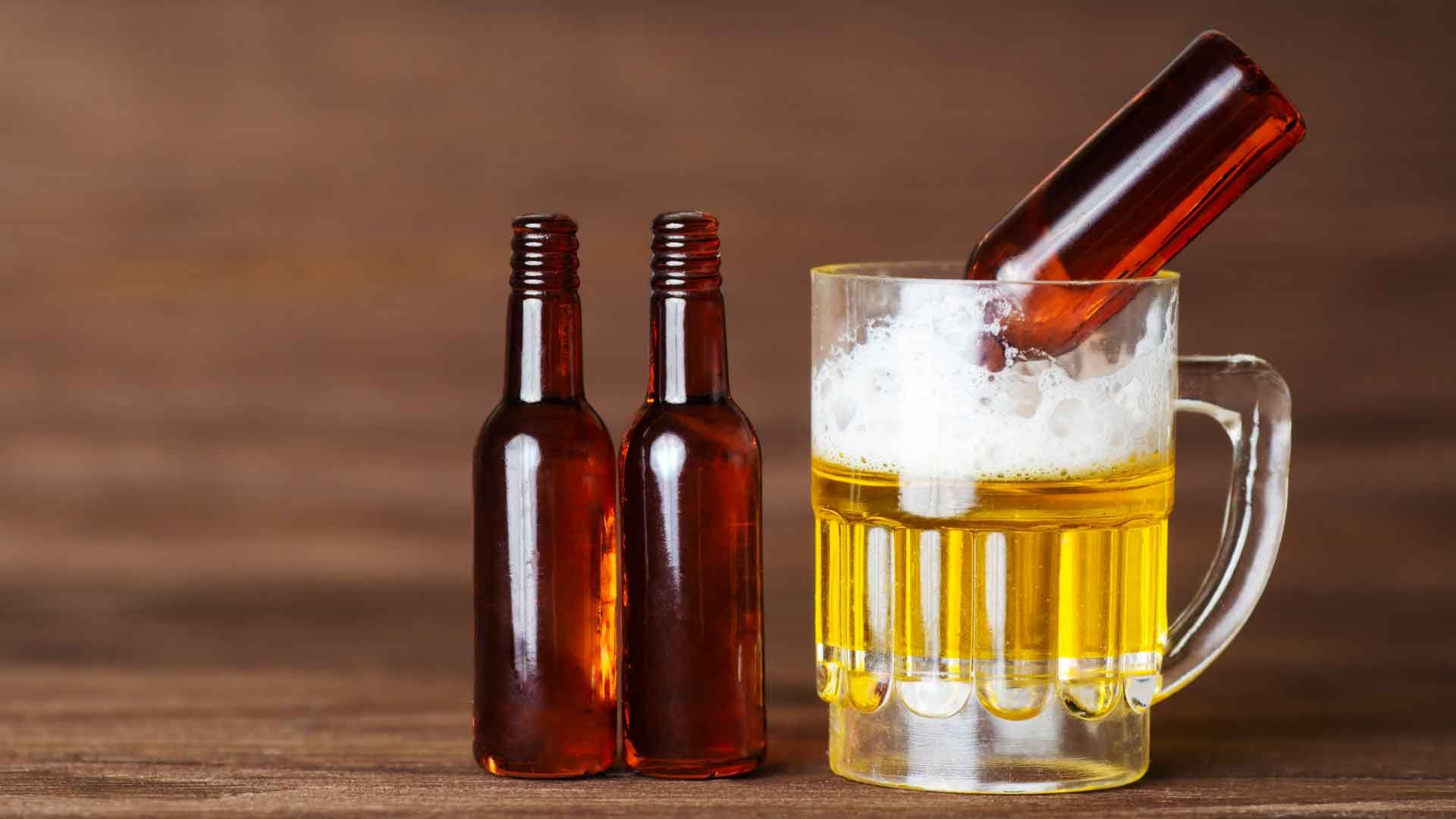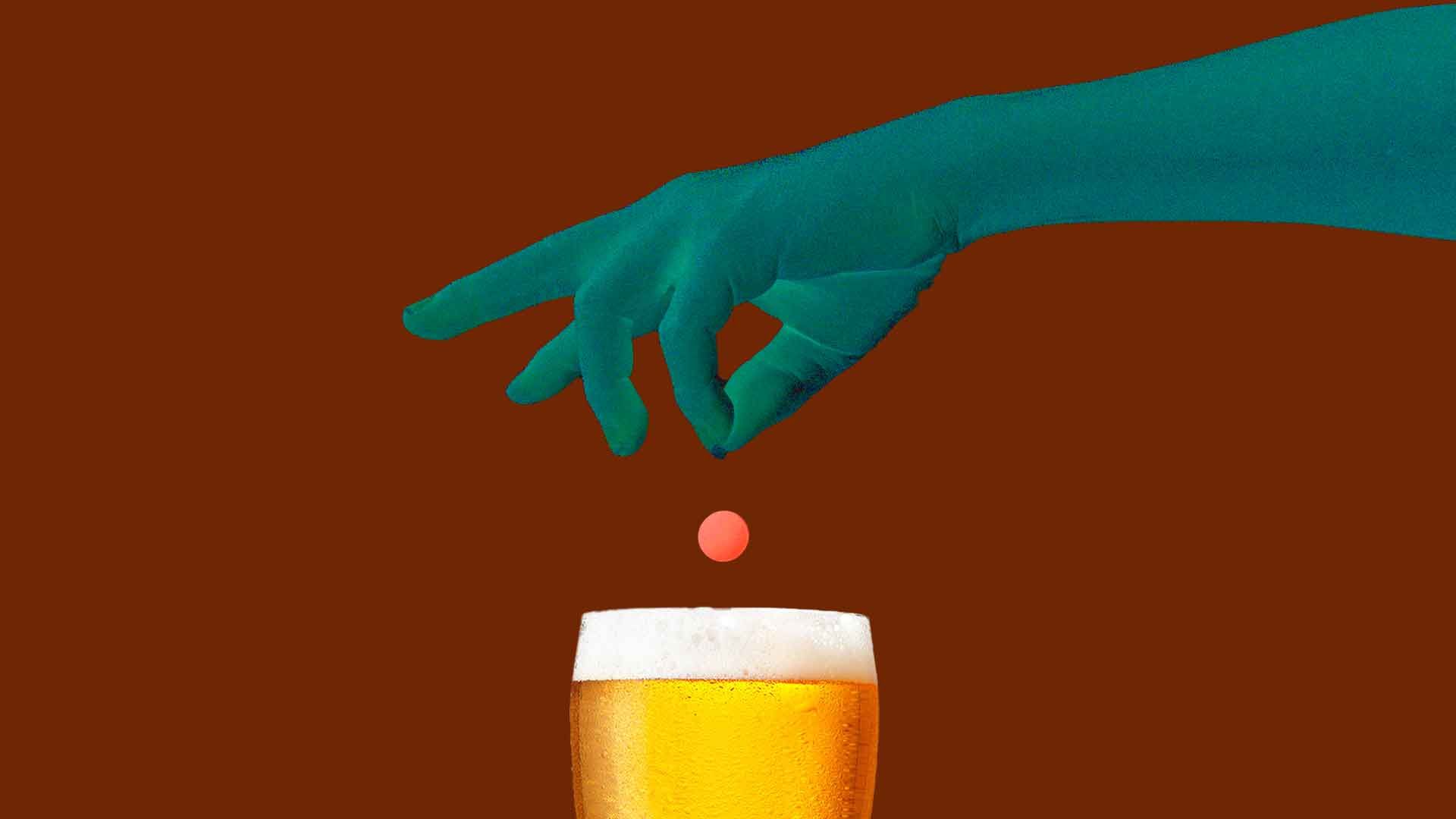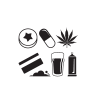Substance commissioned to create a multilingual resource for people who use shisha, bidi, paan, and betel
A new multilingual resource has been launched to support Redbridge’s diverse communities who use shisha, bidi, paan, and betel.
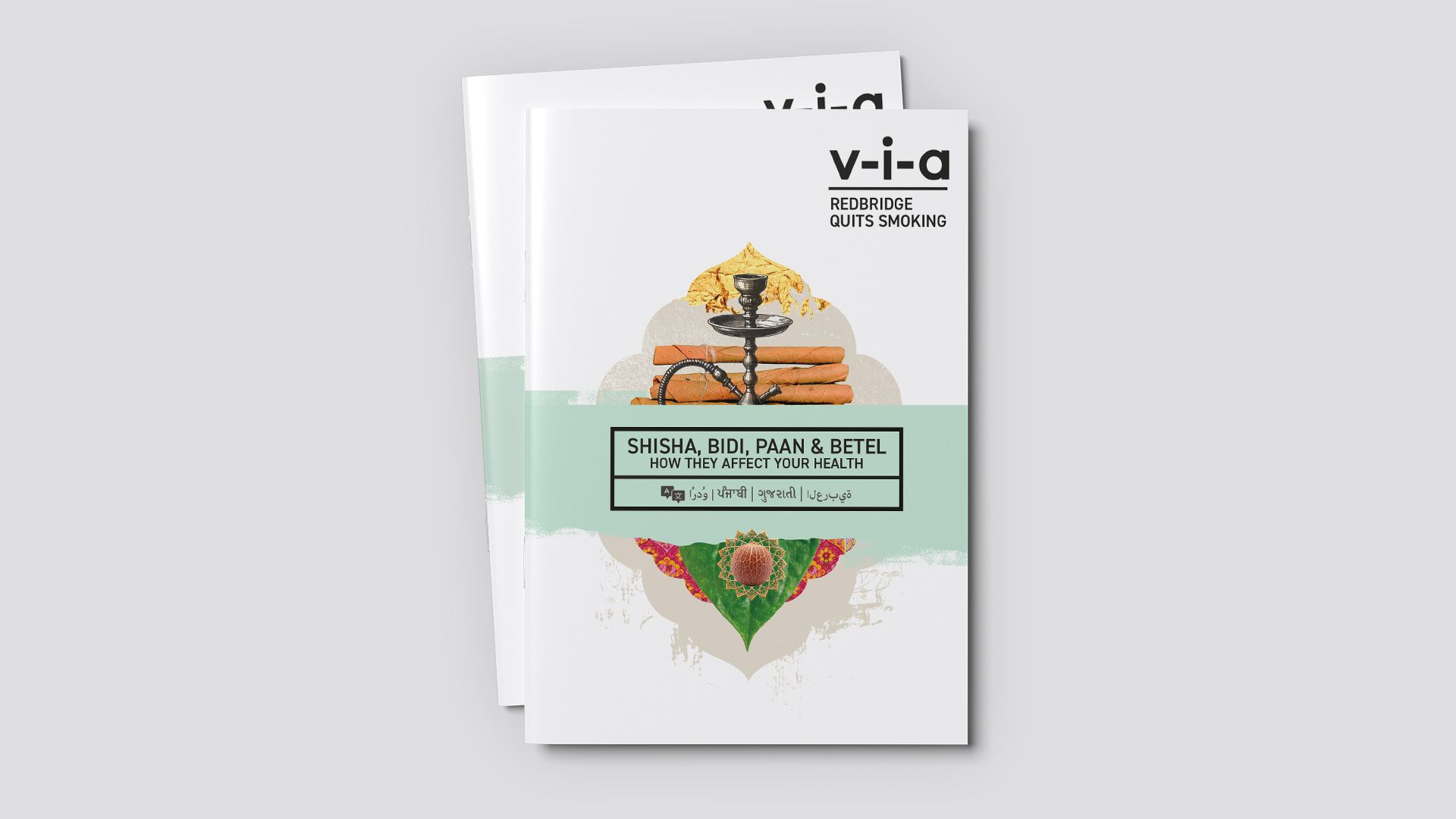
Substance Misuse Resources has created one of the UK's first multilingual harm-reduction booklets addressing shisha, bidi, paan and betel use – substances often overlooked in mainstream smoking cessation services.
Commissioned by Redbridge R3 Drug and Alcohol Services, the 32-page booklet covers all four substances and is available in five languages: English, Punjabi, Gujarati, Hindi and Arabic.
The resource explains what each substance is, its associated health risks, and practical strategies for reducing harm and quitting.
Through research and medical evidence, we know the following:
- Bidi contains more nicotine and tar than regular cigarettes.
- Shisha smoke contains higher levels of harmful chemicals than cigarette smoke and the water does not filter them out.
- Paan and betel nut are linked to oral cancer, diabetes, and irreversible oral conditions, even when they contain no tobacco.
Aim of the resource
There's plenty of information already available about how damaging cigarettes are to your health. But cigarettes aren't the only way to consume tobacco. Many communities, for example those with an Indian Subcontinent heritage, have their own cultural traditions around tobacco that don't include traditional cigarettes.
The aim of the resource is to give these communities clear and accurate information about the products they use, such as paan, bidis and shisha, and to direct them to Via's Redbridge Quits Smoking service for support to stop or cut down.
Understanding the audience
The project began with research into Redbridge's population and tobacco use. According to the 2021 census, 47.3% of residents are Asian or Asian British, including large Indian, Pakistani, and Bangladeshi communities. About 65% of residents are of working age (16–64). The borough has significant Muslim, Hindu, Sikh and Christian communities.
We selected the four most commonly spoken first languages for these communities, as well as English, to increase reach within our target audience.
This demographic profile highlights why culturally-tailored materials matter. Effective resources need do more than translate words — they should also reflect the values, imagery and communication styles that communities know and trust.
Design as engagement
For this project, we recognised that design would be the first point of contact — and potentially the first barrier. Many harm-reduction materials use negative or stigmatising imagery, which can alienate the people they aim to reach.
We started with research and developed three design concepts, each with distinct typography, colours and imagery. The client chose one to test with their audience before final production.
We designed a clean, contemporary booklet using a warm, welcoming colour palette (soft greens, pinks, beiges, and golds) and added culturally-resonant decorative motifs and incorporated elements of VIA's branding.
Our collaborative approach ensures every resource is accurate, accessible, visually effective, culturally resonant, and user-tested before production.
_______________________________________________________________________________________
If your organisation needs tailored resources or campaign materials, or you simply have an idea you'd like to explore, we're here to help. Get in touch for an initial conversation, even if you're still working out exactly what you need.

